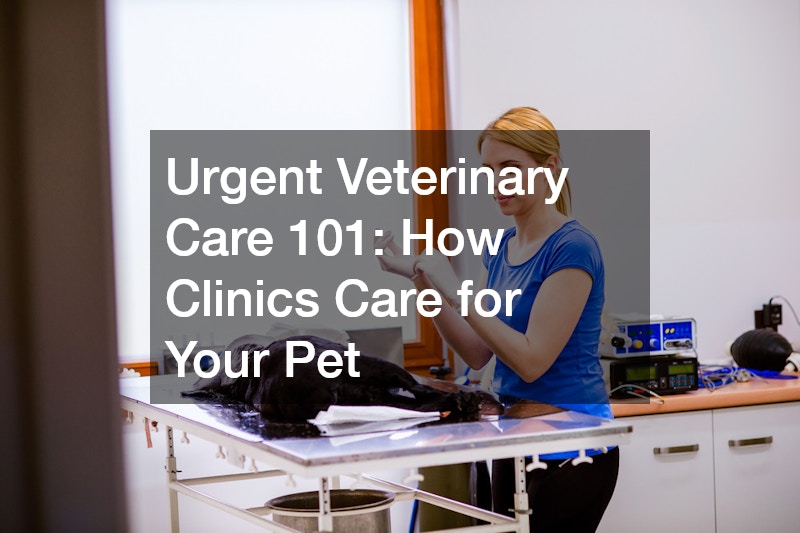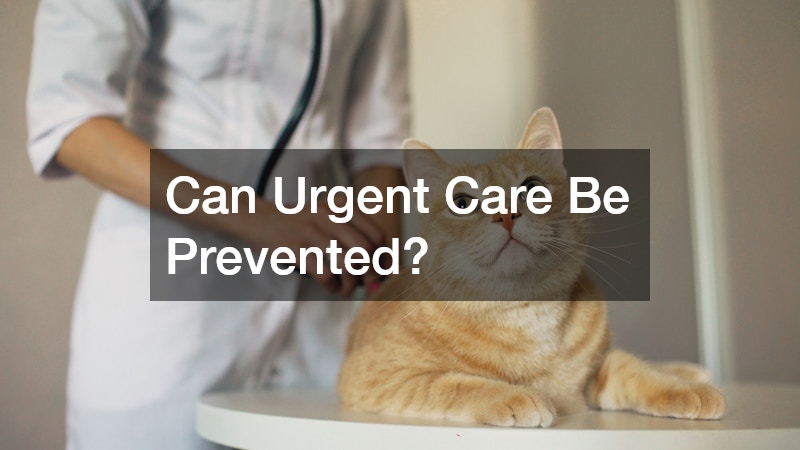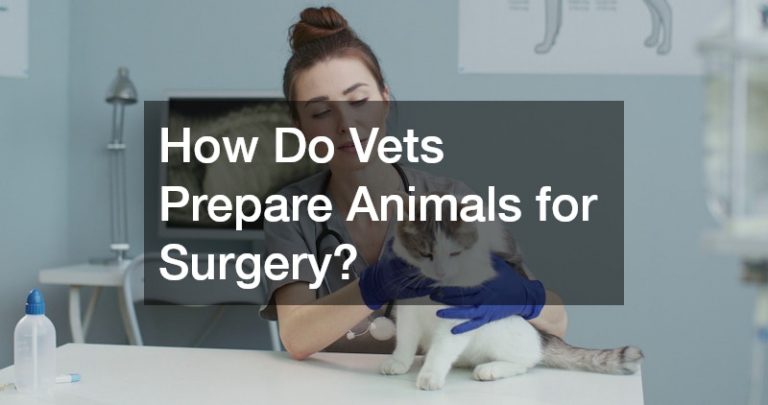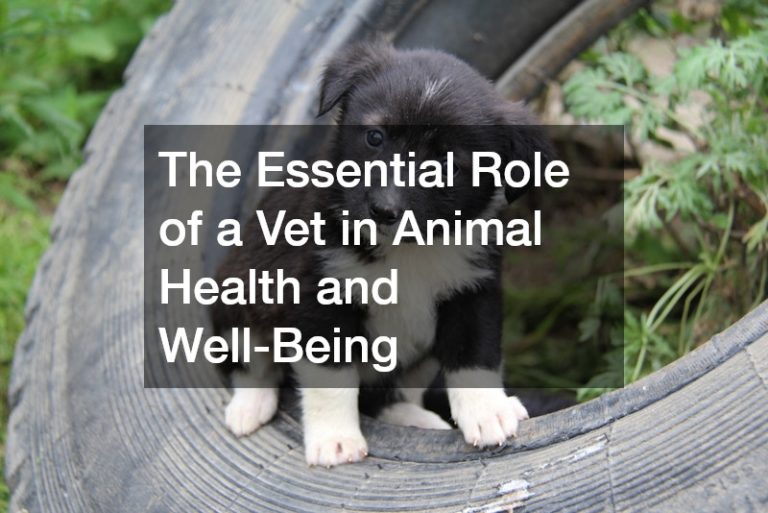

The well-being of our pets is a top priority, and knowing when urgent veterinary care is necessary can save their lives. This article explores what constitutes an emergency, how clinics manage urgent cases, the services they offer, preventive measures, and preparation tips for pet owners experiencing an emergency.
What Constitutes an Urgent Veterinary Situation?
Recognizing Emergency Symptoms
Recognizing the signs of an emergency can greatly influence the outcome for your pet. Critical symptoms might include labored breathing, seizures, or severe bleeding, which are red flags that necessitate immediate veterinary attention.
Pets cannot communicate their pain as humans do, so it is essential for owners to notice even subtle changes in behavior. Persistent vomiting or diarrhea, for example, can indicate a serious underlying issue and should not be ignored.
Other symptoms that may require emergency vet care include inability to urinate, unresponsiveness, or visible injuries. Early detection and swift action are vital in these situations to prevent worse outcomes.
Common Types of Urgent Care Visits
Common urgent care scenarios include ingestion of toxic substances, such as chocolate or certain houseplants, requiring rapid intervention to prevent poisoning. Injury from accidents, be it a fall or a vehicular incident, is another frequent cause for emergency visits.
Allergic reactions can also prompt emergency care visits, and symptoms like swelling or hives can escalate rapidly. Another reason for urgent vet visits is difficulty giving birth, often necessitating immediate veterinary assistance.
Advanced age or pre-existing conditions in pets may also lead to sudden declines in health that require urgent care. Ensuring quick access to a veterinary clinic during such episodes can make a significant difference in the prognosis.
How Do Clinics Prioritize Patients During Emergencies?
Triage Procedures
Veterinary clinics utilize triage procedures to determine the urgency of each case, ensuring that the most life-threatening conditions receive immediate attention. This system is akin to emergency rooms for humans, prioritizing based on severity rather than order of arrival.
Upon arrival, pets undergoing triage are often assessed by a veterinary nurse or technician. They swiftly identify life-threatening situations, such as respiratory distress or severe trauma, to facilitate prompt intervention by the veterinarian.
This method ensures that resources are allocated efficiently, as non-emergent cases may need to wait longer. Pet owners can help by providing accurate and detailed information when their pet is assessed.
Managing Multiple Emergencies
When faced with multiple emergencies, clinics rely on a team-based approach to handle the caseload efficiently. Collaboration and communication among veterinary staff are crucial to ensuring timely care for each pet.
Vets and technicians may employ rotation strategies to balance the workload and avoid burnout. In some clinics, specialized emergency teams are in place to manage high volumes of urgent cases effectively.
Additionally, clinics often have contingency plans for overflow situations, including partnerships with nearby clinics. During peak times, understanding pet owners’ patience and cooperation can further enhance efficiency and care.
What Services Are Provided in Urgent Care?
Diagnostic Tools and Techniques
Urgent care clinics are equipped with advanced diagnostic tools to quickly assess the situation. Techniques such as blood tests, X-rays, and ultrasounds provide critical information for immediate decision-making.
Laboratory services in emergency clinics enable rapid analysis of samples, facilitating prompt diagnosis and treatment plans. Imaging equipment helps visualize internal injuries or issues that might not be visible externally.
The availability of these tools often determines the accuracy and speed of treatment, influencing the overall outcome for the pet. Clinics continuously update their technology to offer the best possible diagnostic capabilities.
Treatment Options
Emergency treatment options at veterinary clinics range from basic first aid, like wound cleaning and bandaging, to complex surgical interventions. Depending on the pet’s condition, intravenous fluids, medications, and pain management might be administered.
For more severe conditions, surgical teams are ready to perform life-saving operations. Post-operative care and monitoring ensure pets recover safely after an emergency procedure.
Supportive treatments, such as oxygen therapy and critical care monitoring, are also vital components of urgent veterinary services. Each decision made by the veterinary team aims to stabilize and improve the pet’s condition as swiftly as possible.
Can Urgent Care Be Prevented?
Preventive Measures
Preventive care plays a vital role in reducing the need for emergency veterinary visits. Regular veterinary check-ups, vaccinations, and health screenings help identify potential issues early, preventing escalation.
Pet owners can contribute by ensuring a safe environment, eliminating access to toxic substances, and securing loose cables that may cause harm. Maintaining a balanced diet and regular exercise regimen also supports overall health and can prevent many common issues.
Training and socialization make pets less prone to accidents caused by stress or agitation. Taking precautions can significantly decrease the likelihood of emergencies, saving time, distress, and resources for both owners and veterinary clinics.
Understanding Risk Factors
Certain factors, such as breed predispositions, age, and lifestyle, can increase a pet’s risk of needing urgent care. Knowing these factors can help pet owners take the necessary precautions to mitigate risks.
For instance, breeds prone to certain genetic disorders or respiratory issues may require more vigilant observation. Similarly, older pets face increased risks for sudden health issues, emphasizing the need for regular vet consultations.
Informed pet owners who understand and manage these risk factors can often prevent urgent care scenarios. Awareness and proactive care form the cornerstone of healthy long-term pet ownership.



